The Millennium Underground, originally called the Franz Joseph underground Electric Railway, was constructed in only 20 months and opened to the public on 2 May 1896. On 8 May, the King himself travelled on the railway and graciously allowed it to bear his name.
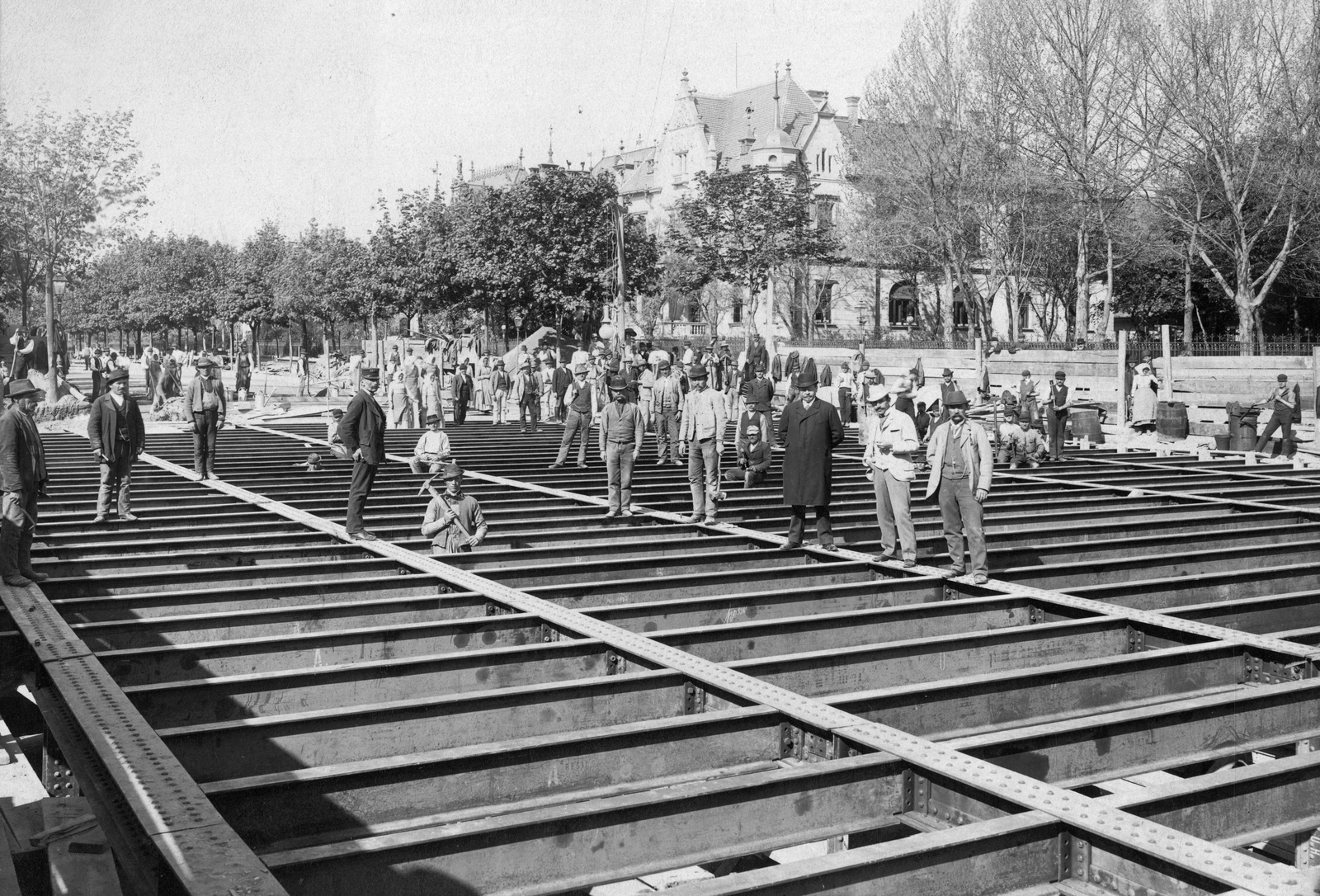
Construction of the underground in 1895. The entire line was dug out from above, but still completed in record time (Photo: Fortepan / No.: 24818)
The underground was rebuilt in 1955 and 1973, and extended during the latter. However, by the Nineties it was again in a deteriorated condition and renovations were needed. The BKV had begun a 3-year renovation process in 1987, but the project was later abandoned due to a lack of funds. Only the number of support columns was increased, and insulation replaced between Kodály Circle and Heroes Square.
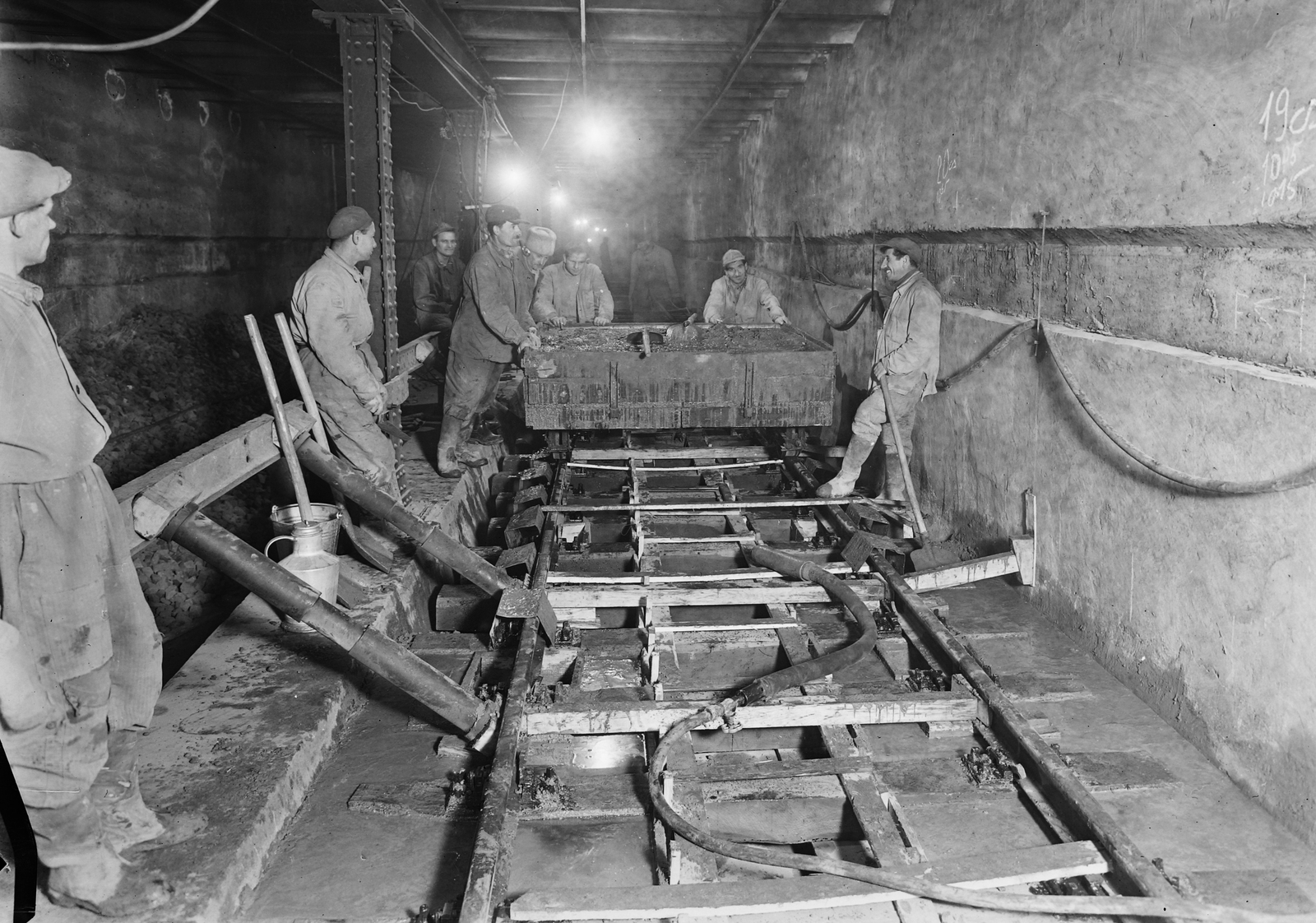 A Deák téri állomást 1955-ben építették át (Fotó: Fortepan/Uvaterv)
A Deák téri állomást 1955-ben építették át (Fotó: Fortepan/Uvaterv)
The station on Deák Square was renovated in 1955 (Photo: Fortepan / Uvaterv)
By the Nineties, the speed limit was reduced along the line. The renovation could not be put off any longer. Furthermore, the underground had also suffered at the hand of vandals. The Kurír newspaper wrote on 14 august 1995 that trains would run more frequently on the renovated line as the number 1 bus would be discontinued:
"Perhaps an increase in passengers would be welcome. Vandals have caused the most damage to the cars and stations on this line, meaning that the more than one-hundred-years-old line has suffered more damage than its modern counterparts. The exact reasons behind this are unknown. Many believe that the youths spending their evenings in City Park, let their steam off in the nearly empty carriages. This is why the Hungarian Transport Association is planning to launch a campaign to protect the Millennium underground."
Vandals were a major concern for the underground. On New Year's Eve, 1992 along over 2 million HUF of damage was caused to the cars. The stations were covered in graffiti.
Work began in February 1995. The rails were replaced along the whole route, the walls were cleaned, and a new railway switch was installed at Oktogon.
As the Millennium Underground runs not in a traditional tunnel but an excavated trench atop which rests Andrássy Avenue for nearly its entire length. As a result, renovating the insulation meant renovating Andrássy Avenue. The road was closed on 5 March 1995, and the roadway was replaced on a 60-metre section because of the new switch.
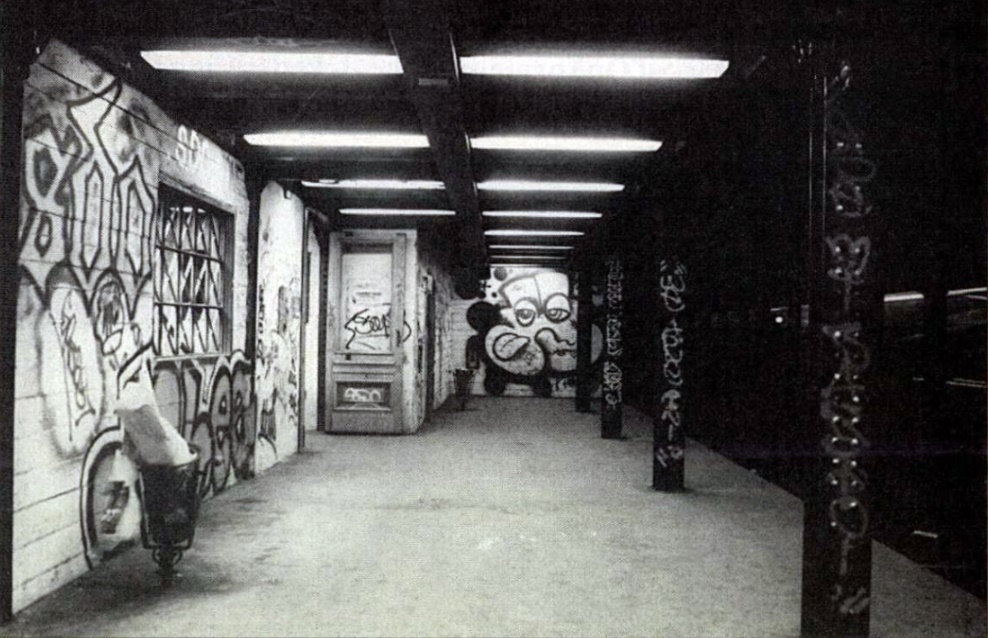
The stations were in terrible condition by the 1990s (Photo: Republika, 17 February 1995)
The rolling stock deployed in 1973 was also modernised. Of the 11 stations on the line, eight are originally being built in 1896. These were restored to their original condition: when needed the Zsolnay tiles were replaced. The three newer stations were also renovated. Stairlifts were installed at Deák Square, Oktogon and Mexikói Road, to allow those with limited mobility to use the line.
The capital covered the renovation through an ERDB loan, except for the renovation of the rolling stock, which was paid by the BKV. The entire project cost a total of 4 billion HUF, the renovation of the cars 70 million HUF.
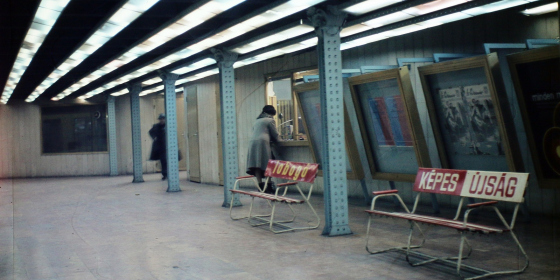
The terminus of Millennium Underground, Vörösmarty Square in 1979 (Photo: Fortepan / No.: 99208)
One the work was completed a large-scale opening party was held on 15 September 1995. The audience was seated at the renovated stations along the line and performers moved between the stations in the modernised rolling stock giving 5–6-minute performances at each location. As the Esti Hírlap wrote on 13 September 1995:
"The two-hour event will include a fashion show, performance art, theatrical performances, exhibitions of fine arts, Amadinda and the Leggiero String Quartet, to name only a few. There are only a limited number of tickets available, and proceeds will be donated to a children's charity.
Those who missed the show could catch a concert, fashion show and even fireworks on Vörösmarty Square from 10 pm the same evening.
From Monday, 18 September, passengers of the renewed underground enjoyed the trains travelling at 50 km/h along the line and following each other only 100 seconds apart.
However, this also meant the end of the well-known number 1 bus line that ran along Andrássy Avenue.
Several plans have been made for the renovation and extension of the line since then. Some have even extended the line to Buda, while the most recent idea of the Budapest Transport Centre imagined the line running from Vigadó Square to Zugló, Csáktornya Park and even the Marcheggi Bridge.
Cover photo: The Millennium Underground Railway today (Photo: bkk.hu)

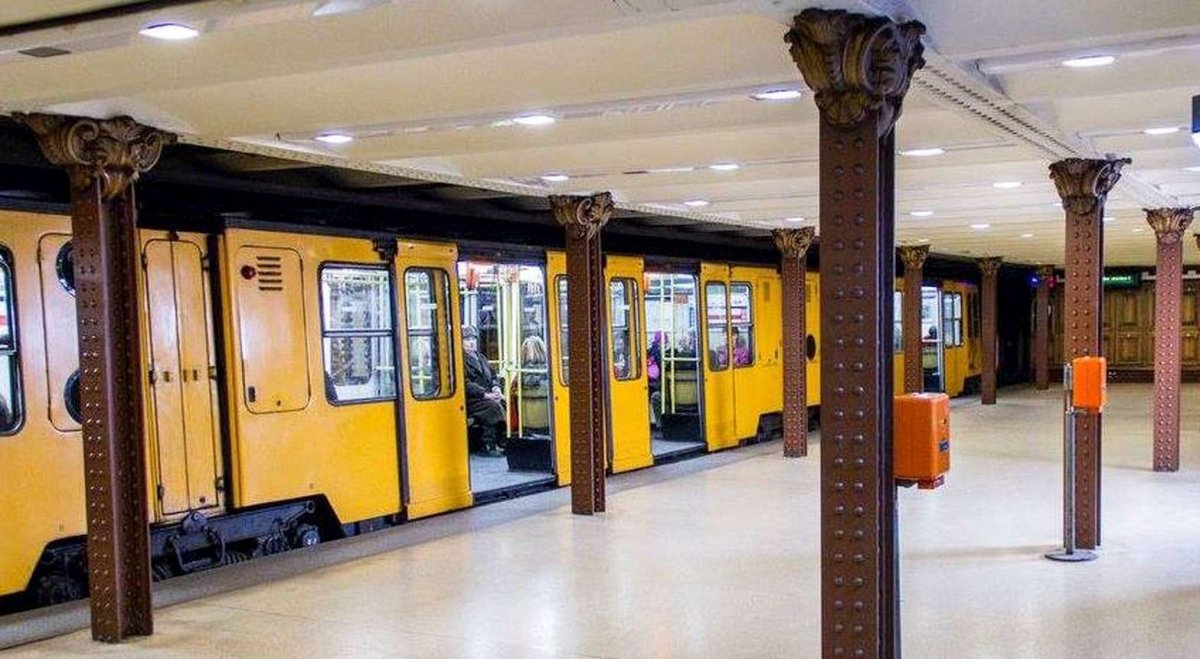



































Hozzászólások
Log in or register to comment!
Login Registration